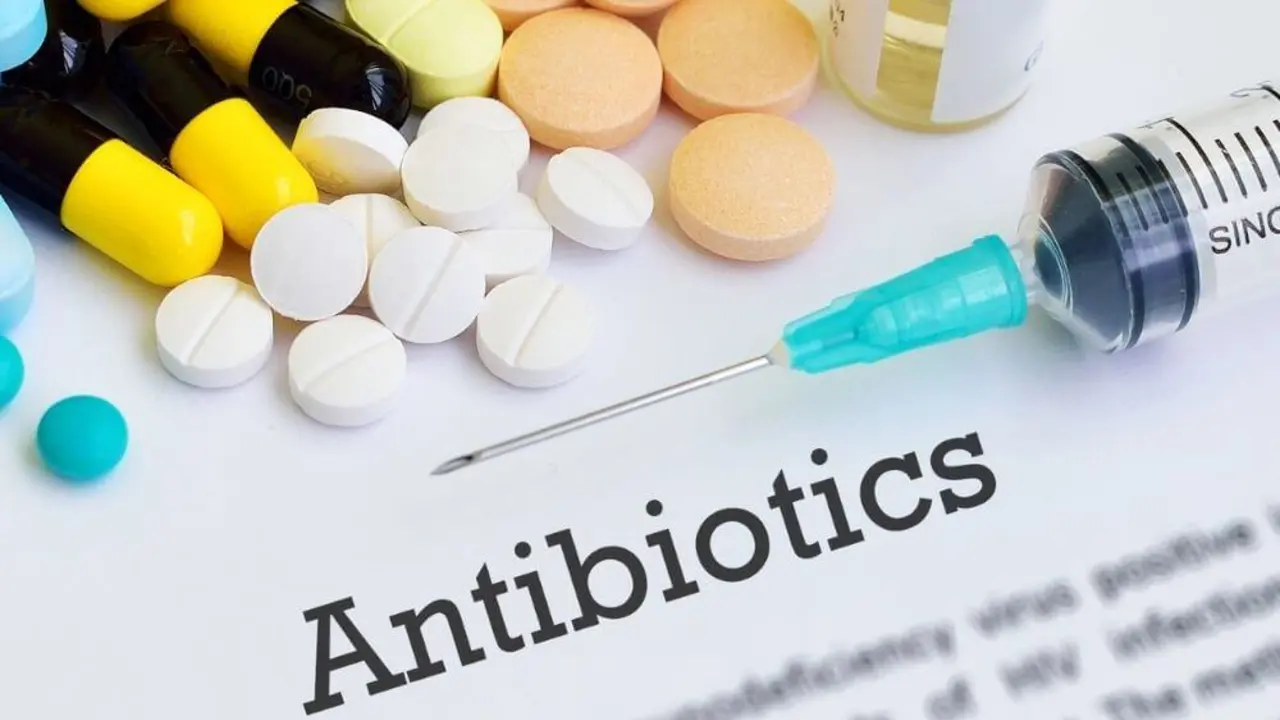Child Antibiotic Dosage: Simple Guide for Parents
Giving antibiotics to a child can feel risky, especially when you’re not sure how much is safe. The good news is that most pediatric doses are based on weight or age, and you can figure them out in a few minutes. Below you’ll see the most common antibiotics, a quick way to calculate the right amount, and the safety checkpoints you shouldn’t skip.
How to Choose the Right Dose
First, grab a kitchen scale or look at the child’s most recent weight from the doctor’s visit. Most doses are expressed in milligrams per kilogram (mg/kg). The formula is simple: dose (mg) = weight (kg) × recommended mg/kg. If the label shows a concentration like 250 mg per 5 ml, you can convert that to mg per ml (50 mg/ml) and then work out how many milliliters you need.
Here’s a quick cheat sheet for the usual dosing ranges:
- Amoxicillin: 40–90 mg/kg/day in two or three doses.
- Azithromycin: 10 mg/kg on day 1, then 5 mg/kg once daily for the next four days.
- Cefdinir: 14 mg/kg/day in two doses.
- Penicillin V (phenoxymethylpenicillin): 25–50 mg/kg/day divided three times.
- Clarithromycin: 15 mg/kg/day in two doses.
Notice the range for amoxicillin? Pick the middle of the range if you’re unsure – that usually covers most infections without overdosing.
Never stretch a dose to make it last longer. If a dose is missed, give it as soon as you remember unless it’s almost time for the next one. In that case, skip the missed dose and continue on schedule.
Quick Reference Dosage Tables
Below are ready‑to‑use tables for kids 2‑12 years old. These assume an average weight for each age; always double‑check with the child’s actual weight.
| Age | Weight (kg) | Amoxicillin (ml) | Azithromycin (ml) | Cefdinir (ml) |
|---|---|---|---|---|
| 2 years | 12 | 7 ml (250 mg/5 ml) | 2 ml (200 mg/5 ml) | 3 ml (125 mg/5 ml) |
| 4 years | 16 | 9 ml | 3 ml | 4 ml |
| 6 years | 20 | 11 ml | 4 ml | 5 ml |
| 8 years | 25 | 14 ml | 5 ml | 6 ml |
| 10 years | 30 | 17 ml | 6 ml | 7 ml |
| 12 years | 35 | 20 ml | 7 ml | 8 ml |
Use these numbers as a starting point, but always confirm the exact dose with the prescription label. Different brands have different concentrations, so the milliliter amount may vary.
Safety tips you can’t ignore:
- Check the expiration date. Degraded antibiotics lose potency and can cause resistance.
- Finish the full course, even if the child feels better. Stopping early lets bacteria survive and become harder to treat.
- Watch for side effects like rash, diarrhea, or vomiting. If they get severe, call your doctor right away.
- Store liquid antibiotics in the fridge if the label says so; some need refrigeration to stay stable.
When in doubt, call the pharmacy or your pediatrician. A quick 2‑minute chat can save you from a dosing mistake. Remember, the goal is to clear the infection without harming the growing body.
With the weight‑based formula, the cheat‑sheet ranges, and the quick tables above, you should feel confident handing out the right dose. Keep the information handy, double‑check each time you fill a bottle, and you’ll keep your child safe while the antibiotic does its job.
Pediatric Use of Clindamycin Phosphate: Safe Dosing and Tips for Parents
Hey there, lovely parents! Are you trying to navigate the world of antibiotics for your little one? I've been there, and it's so important to get it right. I want to chat about Clindamycin Phosphate – a common antibiotic that doctors prescribe for children. We need to know how to use it safely, and that means understanding the proper dosages and potential side effects. Stick with me, and we'll explore how to keep our kids safe while tackling those pesky infections. Let's take care of our little warriors together with the right info!

